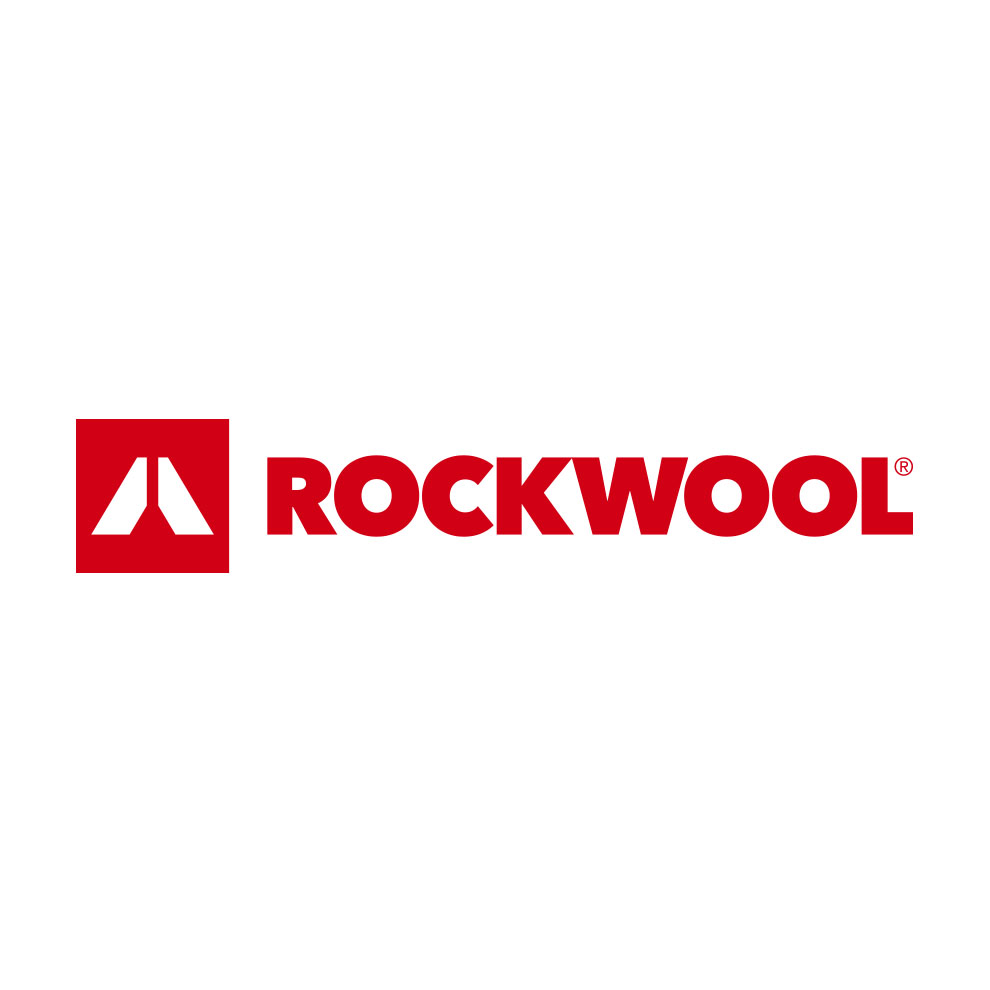Keeping the Flame Away
 1 AIA LU/HSW; 0.1 IACET CEU*; 1 AIBD P-CE; AAA 1 Structured Learning Hour; This course can be self-reported to the AANB, as per their CE Guidelines; AAPEI 1 Structured Learning Hour; This course can be self-reported to the AIBC, as per their CE Guidelines.; MAA 1 Structured Learning Hour; This course can be self-reported to the NLAA.; This course can be self-reported to the NSAA; NWTAA 1 Structured Learning Hour; OAA 1 Learning Hour; SAA 1 Hour of Core Learning
1 AIA LU/HSW; 0.1 IACET CEU*; 1 AIBD P-CE; AAA 1 Structured Learning Hour; This course can be self-reported to the AANB, as per their CE Guidelines; AAPEI 1 Structured Learning Hour; This course can be self-reported to the AIBC, as per their CE Guidelines.; MAA 1 Structured Learning Hour; This course can be self-reported to the NLAA.; This course can be self-reported to the NSAA; NWTAA 1 Structured Learning Hour; OAA 1 Learning Hour; SAA 1 Hour of Core Learning
Learning Objectives:
- Describe how stone wool keeps occupants safe by being not only fire resistant but fire resilient.
- List how stone wool limits the spread of fire and keeps occupants safe.
- Discuss how stone wool contributes to smoke toxicity and occupant well-being.
- Explain why stone wool does not need fire retardant added to it.
This course is part of the Durability Academy
This course is part of the The Durability Academy
Below are a set of links to building type studies from Architectural Record, which are in-depth analyses of particular kinds of buildings, with photos, drawings, specifications, detailed descriptions, and design solutions. Click on each link below, read the article then complete the quiz to earn your credit and certificate of completion.
In recent years, high-profile fire incidents have led to increased scrutiny of the fire safety of our buildings, and many countries have strengthened their requirements for fire properties of building materials. This course looks at how stone wool insulation protects buildings from fire disasters and how its fiber makeup contributes to better outcomes when fires do occur.
The Role of Stone Wool Insulation in Achieving Passive Fire Protection
Due to its natural basalt rock and recycled slag composition, stone wool exhibits a number of unique and valuable characteristics, including its ability to resist fire. The benefits of stone wool insulation are ideal for sandwich wall panel (SWP) applications given the fact that stone wool is non-combustible, inorganic, and will not contribute to harmful smoke or toxic gases in the event of a fire. This article looks at stone wool insulation’s unique ability to achieve passive fire protection.
Jim Miller
Achieving Aesthetics and Energy Efficiency with Stone Wool Insulation
In this article focused on aesthetics and energy efficiency of stone wool, fire protection was a major component of the projects spotlighted here. Non-combustible materials go hand-in-hand with the goals of achieving energy efficiency and beautiful, safe buildings.
Ryan Martin
Why Non-Combustible Stone Wool Insulation Makes Sense
Given that most fires occur in domestic dwellings, blocks of flats have a high safety risk potential in the event of a fire. Today’s modern multi-storey buildings tend to offer a complex mix of occupation, including offices, hotels, residential, retail and leisure facilities.
Rock and Slag Wool Insulation: Sustainable Choices for Conserving Energy
Rock and slag wool insulation offers a wide array of benefits for specifiers, designers and builders interested in using materials offering environmentally responsible characteristics and demonstrating proven performance. This article provides an overview of stone wool, including how it is naturally non-combustible and remains so for the life of the product.
Mineral Wool Applications: Fire Protection
The damage caused by fire in buildings is incalculable. Each year many lives are lost and injuries occur because of fire. This article looks at fire-resistant materials such as mineral wool that provide vital extra minutes in delaying the spread of fire, which helps save lives and limits the destruction of property.

Photo © ROCKWOOL North America
As one of the tallest wood buildings in North America, exceptional fire protection was a primary goal for the Origine Condominium Tower project in Québec City, Québec, Canada. Extensive pre-construction testing showed Origine’s building envelope—including a continuous layer of exterior stone wool semi-rigid board insulation—could exceed existing fire safety standards.
 |
ROCKWOOL® is the world’s leading manufacturer of stone wool insulation offering a full range of high-performing and sustainable insulation products for the construction industry with solutions that help create more resilient, energy-efficient, safe, and sustainable buildings. www.rockwool.com |






